The Main Powers of Thai Amulets
The Main Powers of Thai Amulets are chiefly considered to be among the following;
Thai amulets and their powers, which are deeply intertwined with the country’s culture and Buddhist traditions, are believed to amulets which possess various powers that can help protect, heal, and improve the lives of those who wear them. These powers are derived from centuries of spiritual practices and teachings, and are often linked to the blessing of monks or spiritual leaders who imbue the amulets with sacred energy. While there are many different types of Thai amulets, the most common powers they embody are Maha Sanaeh, Metta Maha Niyom, Kong Grapan Chadtri, Maha Lap, Serm Duang, Serm Yos, Maha Amnaj, Gae Aathan, and Serm Baramee. Each of these powers addresses a specific need, offering protection, good fortune, love, and spiritual growth to the wearer.
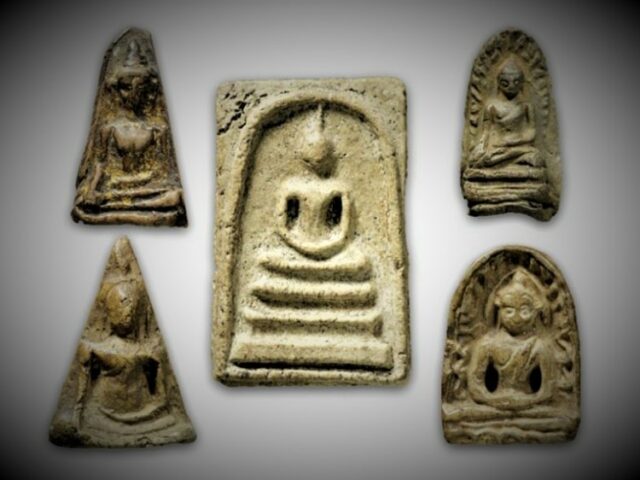
1. Maha Sanaeh (มหาสเน่ห์) – Power of Attraction and Personal Magnetism
The term Maha Sanaeh is a combination of two words: Maha, meaning “great” or “powerful,” and Sanaeh, meaning “affection” or “charm.” In the context of Thai amulets, it refers to the power of attraction and personal magnetism. Wearing a Maha Sanaeh amulet is believed to help the wearer attract affection, admiration, and attention from others. It can be particularly helpful in love and relationships, where it is believed to enhance one’s personal charm and increase their influence over others. Beyond romance, Maha Sanaeh can also be used to gain favor in professional or social situations, boosting one’s ability to create positive connections.
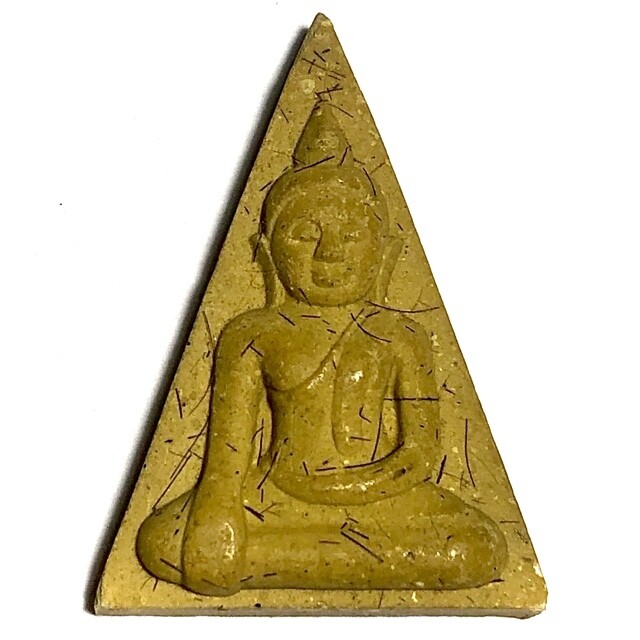
2. Metta Maha Niyom (เมตตาหมายนิยม) – Power of Loving-Kindness and Favor
Metta means “loving-kindness” or “compassion” in Pali, while Maha means “great,” and Niyom refers to being favored or admired. When combined, Metta Maha Niyom signifies a great form of loving-kindness that draws favor, admiration, and affection from others. In the context of amulets, these are often used to help the wearer cultivate positive relationships and foster harmonious interactions. Metta Maha Niyom amulets are believed to create an aura of kindness and goodwill, making the wearer more likable and respected. These amulets attract not only love and affection but also help in situations where one needs support or goodwill from others.
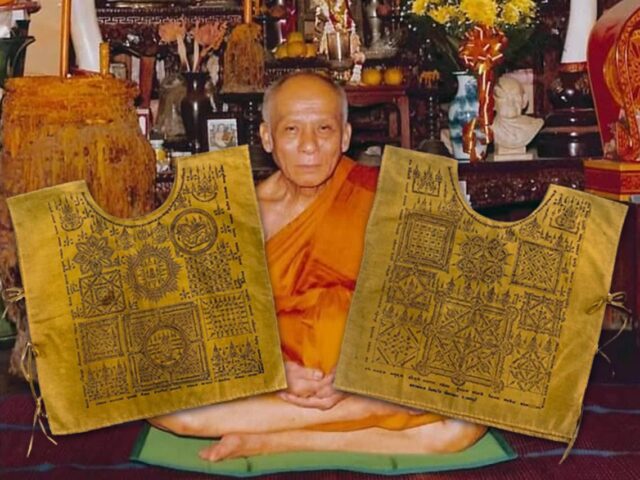
3. Kong Grapan Chadtri (คงกระพันชาตรี) – Power of Protection and Invincibility
Kong Grapan Chadtri is a term used for amulets that provide protection from harm. Kong means “to endure,” Grapan means “unbreakable,” and Chadtri refers to “warrior.” Together, this phrase translates to “invincible warrior” or “unbreakable protection.” These amulets are designed to provide physical and spiritual protection to the wearer, particularly from harm, weapons, or dangerous situations. Individuals such as soldiers, police officers, martial artists, and anyone whose work involves risk often carry Kong Grapan Chadtri amulets, as they are believed to provide strength and resistance to any form of physical danger.
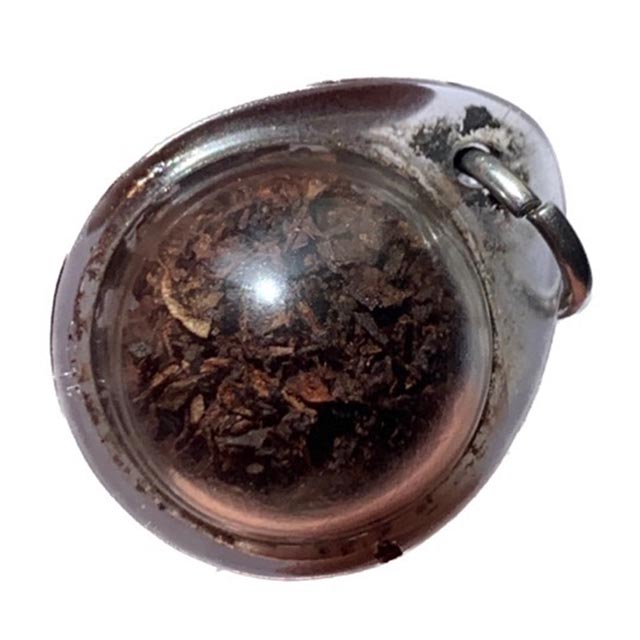
4. Maha Lap (มหาลาภ) – Power of Wealth and Prosperity
Maha Lap translates to “great fortune” or “great wealth,” with Maha meaning “great” and Lap meaning “fortune” or “wealth.” Amulets imbued with the power of Maha Lap are believed to attract financial prosperity, success, and abundance into the wearer’s life. These amulets are highly prized by business owners, entrepreneurs, and anyone seeking financial success. Maha Lap is often linked to opportunities, investments, and the overall flow of wealth, helping the wearer to achieve financial stability and growth in various ventures.
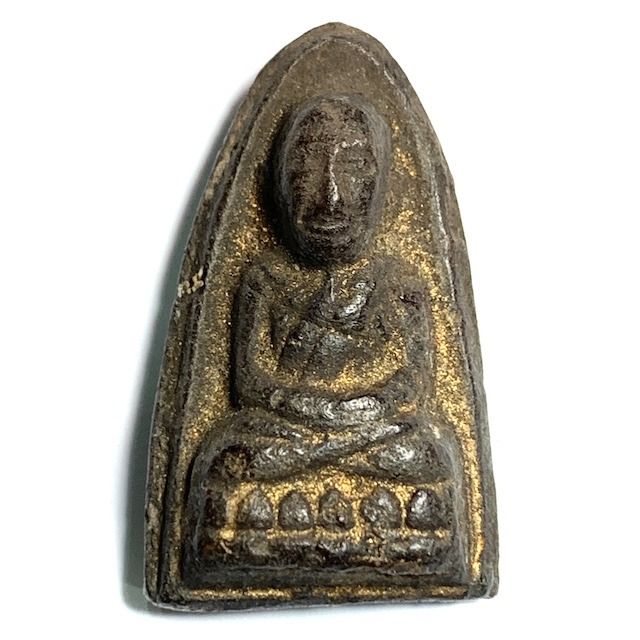
5. Serm Duang (เสริมดวง) – Power of Enhancing Luck and Destiny
The term Serm Duang refers to the act of improving one’s luck or life path. Serm means “to enhance,” and Duang refers to “luck” or “fate.” Serm Duang amulets are used to improve various aspects of life, including health, career, relationships, and overall well-being. It is believed that these amulets can enhance a person’s fortune, bringing about a more favorable destiny and helping the wearer overcome obstacles or bad luck. People seeking to improve their life path or align with positive circumstances often turn to Serm Duang amulets for assistance.
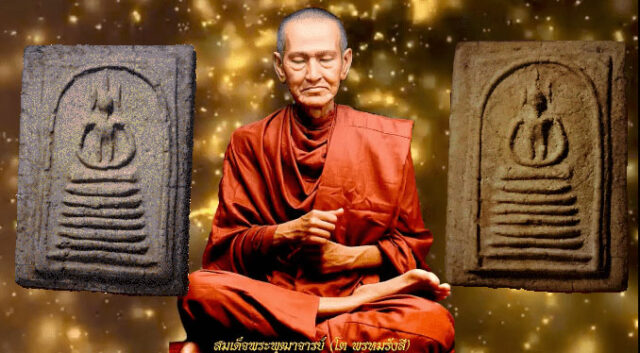
6. Serm Yos (เสริมยศ) – Power of Status and Prestige
Serm Yos refers to the act of enhancing one’s social standing, rank, or prestige. Serm means “to enhance,” and Yos means “rank” or “title.” Individuals seeking professional success or social recognition often use Serm Yos amulets to gain favor in their careers or to elevate their status. This might include gaining promotions, receiving more respect from peers, or being recognized for one’s achievements. Serm Yos amulets help the wearer attract recognition and appreciation, which can lead to enhanced authority and influence.

7. Maha Amnaj (มหาอำนาจ) – Power of Authority and Control
Maha Amnaj represents great power and authority. Maha means “great,” and Amnaj means “power” or “authority.” Wearing an amulet with Maha Amnaj is believed to help the wearer gain control and command respect. These amulets are favored by individuals in leadership roles, including business owners, politicians, and those who need to exert influence over others. Maha Amnaj helps the wearer gain the ability to dominate situations, create opportunities, and wield power effectively.

8. Gae Aathan (แก้อาภัพ) – Power of Remedying Bad Luck
Gae Aathan refers to the act of removing or fixing bad luck or misfortune. Gae means “to fix,” and Aathan means “misfortune.” People seeking to remove bad luck or negative forces in their lives often use Gae Aathan amulets. These amulets are believed to counteract misfortune, resolve obstacles, and bring good fortune back into the wearer’s life. Gae Aathan is commonly used by individuals experiencing a series of unfortunate events or those who wish to break negative cycles in their lives.

9. Serm Baramee (เสริมบารมี) – Power of Merit and Spiritual Power
Serm Baramee refers to enhancing one’s merit, virtue, or spiritual power. Serm means “to enhance,” and Baramee refers to “merit” or “spiritual power.” In Buddhism, merit is accumulated through good deeds, acts of kindness, and devotion. Serm Baramee amulets help the wearer increase their spiritual power and accumulate positive karma, which can lead to blessings, protection, and overall well-being. These amulets are often worn by individuals who seek to improve their spiritual health and progress on their path toward enlightenment.
The Multiplicative Power of Thai Amulets
While each of these amulets focuses on a specific area of life—be it love, protection, wealth, or spiritual growth—it is important to note that many Thai amulets possess more than one of these powers. In fact, some amulets are imbued with multiple blessings or influences, offering the wearer a combination of benefits. For example, an amulet might provide both protection (through Kong Grapan Chadtri) and wealth (through Maha Lap), or combine the influence of attraction (Maha Sanaeh) with the power of enhancing luck (Serm Duang). This layered empowerment allows individuals to benefit from a broader spectrum of blessings, enhancing their ability to achieve success, maintain good health, and live a more prosperous life.
Through rituals and blessings by monks, many amulets receive empowerment from multiple spiritual powers, offering the wearer a harmonious blend of influence that can support them in various aspects of their lives. Whether the goal is attracting love, securing wealth, or achieving spiritual growth, Thai amulets offer a unique and powerful spiritual tool that reflects the deep cultural and religious traditions of Thailand.



































 One famous story tells of how Luang Phu Nak’s devotees would notice that even buffaloes would cower in fear when they passed by, sensing the powerful magic of the Takrut Hnaa Bpaag Suea. This anecdote has become a testament to the amulet’s potency and Luang Phu Nak’s exceptional spiritual powers.
One famous story tells of how Luang Phu Nak’s devotees would notice that even buffaloes would cower in fear when they passed by, sensing the powerful magic of the Takrut Hnaa Bpaag Suea. This anecdote has become a testament to the amulet’s potency and Luang Phu Nak’s exceptional spiritual powers. The Takrut Hnaa Bpaag Suea of Luang Phu Nak, Wat Arun, is a legendary amulet that has captured the hearts and imaginations of collectors and enthusiasts around the world. Its exceptional powers and benefits, combined with its rarity and historical significance, make it a truly unique and valuable talisman. This also reminds us of the importance of preserving the cultural heritage and spiritual traditions of Thailand, and the enduring legacy of Luang Phu Nak, a true master of the ancient Wicha, and grimoires of mystical arts.
The Takrut Hnaa Bpaag Suea of Luang Phu Nak, Wat Arun, is a legendary amulet that has captured the hearts and imaginations of collectors and enthusiasts around the world. Its exceptional powers and benefits, combined with its rarity and historical significance, make it a truly unique and valuable talisman. This also reminds us of the importance of preserving the cultural heritage and spiritual traditions of Thailand, and the enduring legacy of Luang Phu Nak, a true master of the ancient Wicha, and grimoires of mystical arts.





































































































































































